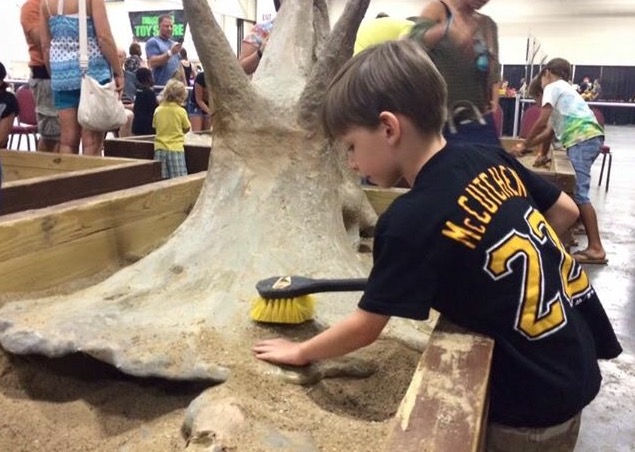Is unstructured playtime for children a forgotten part of development? How important is it to have unstructured time? My professional opinion says ‘yes’, it is a forgotten part of the day and it is extremely important for the growing child.
My generation grew up playing unstructured games outside or in our parent’s basements when it was raining. If we stayed around the house for any length of time, our mothers put us to work cleaning so we couldn’t watch too much television.
According to the Archives of Pediatrics & Adolescent Medicine free play took a turn outside of the school environment from unstructured playtime to organized actives causing a drop during the 1980s and ’90s. Children’s restlessness was then blamed on too much television.
Recess in schools became the opportune time to have unstructured play but today many schools have scaled back or cut recess altogether. Eliminating recess stems back to the ’80s with No Child Left Behind. Many districts felt the pressure to demonstrate academic progress by increasing math and reading time in place of recess. Several other reasons have played a part; safety, lack of supervision, and playground equipment that was not up to safety regulations. In the schools that have a scheduled recess many teachers began to take it away and use it as a punishment for behavior problems.
Unstructured play is necessary in the developmental process of both children and adults. Free play paves the way for self-education and inquiry (discovery). It provides a risk free way to try out new life skills that enable a child to become aware that taking action really is what it takes in life to get what you need. This knowledge gives children courage and self-confidence. It builds character virtues through perseverance. It develops social skills where they learn about team dynamics, practice decision-making skills, negotiate, and resolve conflicts. Unstructured play aids in physical development and coordination as children run and jump and is important to healthy brain development.
Unstructured play has lessened in the home environment because of today’s lifestyle, changes in family structure, and increased attention to academics and enrichment. More families are turning to organized activities and sports. Playing on team spots (structured) has similar advantages as unstructured activities. They build self-esteem and self-confidence when compared to inactive children. They learn to work as a team and follow rules. They provide opportunities to respectfully deal with disappointment, competition, frustration, and anger (conflict resolution).
What is missing in the structured play is the self-regulation, the child-to child rule making, negotiating various aspects of a game, spontaneous start and stop, and being able to bend rules as needed. If schools are eliminating free play from the schedule, we as parents need to encourage it at home. Provide a variety of experiences and opportunities for creativity. The more opportunities children have with people and situations outside the home the more information they can draw on to incorporate in play. Place an emphasis on free play (the process) and not the end product. It’s about the learning and discovery that is vital to the development of free play and helps to grow a child’s perspective and individual style of expression that allows for new ideas to form. Don’t eliminate structured play completely from a child’s world; instead, incorporate time for independent play.


